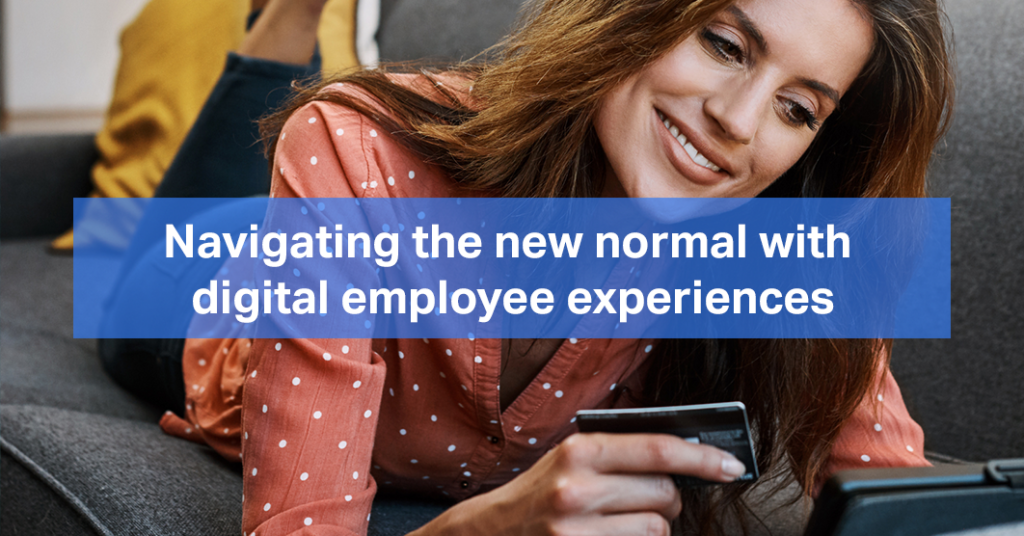Remote work is here to stay, but how can companies deliver a great employee experience?
Recent years have seen a surge in remote work. The gig economy is bigger than ever, and employees are craving greater flexibility and a better work/life balance. In many ways, Covid-19 accelerated that. For some companies, it was a brutal wakeup call as they struggled to get their teams to work effectively from home. Now, they’re facing a fresh wave of challenges as people return to the workplace.
On a brighter note, the new normal isn’t just about learning to live with the ongoing pandemic. It’s also an opportunity to make your operations more scalable and business more adaptable to the constant pace of change. This won’t only help you navigate the current challenges, but also the unknown challenges of tomorrow. And since employees are at the heart of everything you do, their experiences are more important than ever.
#1. Keep your employees informed
The fact remains that most of us aren’t well-prepared for a crisis. The tens of millions of job losses and thousands of business closures are testament to that. One of the major causes of this is the widespread lack of communication. When the unexpected happens, organisations often focus more on external communication to keep their customers, vendors, and partners informed. But while external communication is of course essential, it depends in part on how you communicate with your employees.
Make sure your employees have a clear understanding of the situation. Empower them with a flexible workflow solution that helps them adapt quickly and keep up to date on developments. After all, many employees still don’t feel safe returning to work, especially those with existing health conditions. It’s important that you keep lines of communication open to them too.
#2. Gather feedback frequently
Most employees consider themselves disengaged from their jobs. As such, they’re prone to delivering the bare minimum, and their only real motivation is their paycheque. When working from home, there’s often additional temptation to procrastinate, and distractions abound. But employees themselves aren’t always the ones to blame. Rather, the lack of engagement and the tedium of repetitive routine workflows end up draining their desire to do better.
That’s why you need to gather employee feedback at every opportunity, just as you should with your customers. You need to define what shapes their experiences, launch engaging company-wide surveys, and find opportunities for improvement. It’s imperative that you act upon the results.
#3. Automate repetitive processes
With social distancing and other measures still in place in many countries for the time being, there’s more incentive than ever for companies to embrace automation projects. Automation is especially important to organisations which have suffered major economic damage and thus had to lay off a large number of workers. But automating repetitive routine processes is good in the longer term as well, since it frees up time for your employees to work on more rewarding tasks which require a human touch.
Of all business departments, HR has been one of the hardest hit. But they too can automate many of their routine workflows to become more agile, especially during periods of high staff turnover. For example, they can provide automated multi-step onboarding processes to help new hires get started faster, as well as get existing employees up to speed as they return to the workplace.
